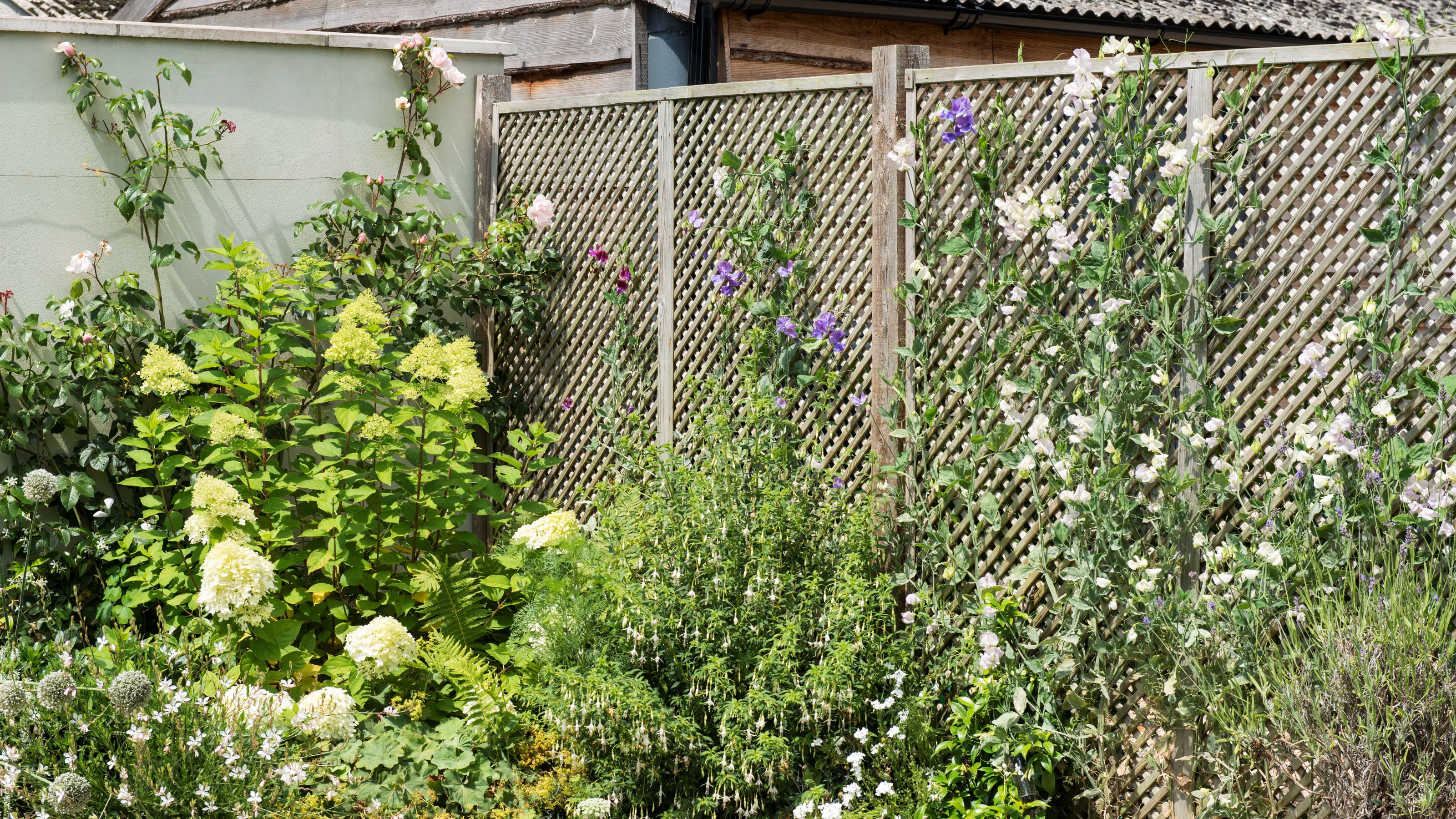
When it comes to securing your property, enhancing privacy, or improving your home’s curb appeal, fencing is often a necessary investment. However, the cost of installation can quickly add up. The good news? Budget fencing doesn’t mean sacrificing quality or style. With smart planning, the right materials, and a bit of effort, you can install fencing that serves its purpose beautifully—without emptying your wallet.
In this article, we’ll walk you through practical, money-saving tips for installing budget fencing that looks great and lasts long.
1. Plan Smart and Set a Budget
Before heading to the hardware store or calling contractors, take time to measure your space accurately. Sketch a rough map of the area you want to fence, mark entry points, and calculate the total length of fencing needed. This ensures you don’t overbuy or underestimate the materials.
Set a realistic budget early. Factor in not just the fencing materials but also tools, fasteners, post concrete, and optional professional labor. Having a clear limit helps you compare options within your price range and avoid unnecessary upgrades.
2. Choose the Right Affordable Material
Material choice is the most crucial factor in budget fencing. Some materials offer both durability and affordability if you know what to look for:
- Chain-Link Fencing: One of the cheapest options, it’s ideal for securing pets and backyards. Though not the most attractive, it can be improved with privacy slats or vines.
- Wood Fencing: Pressure-treated pine or spruce is a low-cost wood choice. It offers a classic look and can be customized, painted, or stained. Pre-made panels are also more affordable than custom-built fences.
- Vinyl Panels: While traditional vinyl fencing can be pricey, there are budget-friendly kits available that are easy to install and low-maintenance.
- Recycled Materials: Consider pallets, repurposed metal, or old barn wood. These can create rustic, creative, and eco-friendly fences at a fraction of the cost.
- Wire Fencing (Hog Panels or Chicken Wire): Effective for gardens or rural properties, these are low-cost and easy to install, especially when paired with wooden posts.
3. DIY Whenever Possible
Labor is often the most expensive part of fence installation. One way to cut costs significantly is to do it yourself. If you’re handy with tools—or even just willing to learn—DIY installation can save hundreds to thousands of dollars.
Many budget fencing materials come with easy-to-follow installation kits, complete with step-by-step instructions. Online tutorials, community forums, and YouTube videos also offer guidance for beginners.
If DIY feels overwhelming, consider hiring a professional for the most complicated parts (like digging post holes) and handling the rest yourself.
4. Use Pre-Made Panels or Kits
Pre-assembled panels can drastically reduce the time and labor involved in fence construction. Whether you’re using vinyl, wood, or composite materials, pre-fab panels are usually cheaper and easier to install than individual boards or slats.
Fence kits are also available at home improvement stores and online retailers. These typically include everything needed to install a specific fence type, making budgeting and shopping simpler.
5. Space Out the Posts
A clever trick to save money is to space fence posts farther apart—if your chosen fencing material allows it. Traditional fences use 6-8 feet between posts, but increasing the gap to 10 feet can reduce the number of posts and cement required. Just make sure the structure remains stable and that the fencing material can handle the wider span without sagging.
6. Look for Discounts, Sales, and Leftovers
Always be on the lookout for sales at local hardware stores or online. End-of-season discounts or clearance sales can offer massive savings on fencing materials.
You can also check online marketplaces like Craigslist, Facebook Marketplace, or community boards for leftover fencing from other homeowners or contractors. These can be significantly cheaper and often still in great condition.
7. Maintain the Fence to Extend Lifespan
A truly budget fencing strategy doesn’t stop at installation—it continues with maintenance. Keep your fence in good condition with regular inspections, cleaning, and minor repairs.
Seal wooden fences to protect against rot, rust-proof metal fences annually, and clean vinyl with mild soap and water. A little effort can make your affordable fence last years longer, stretching your investment even further.
Conclusion
Installing budget fencing doesn’t have to mean cutting corners or settling for poor quality. With careful planning, smart material choices, and a bit of DIY initiative, you can build a fence that’s both functional and attractive—without draining your savings.
Whether you’re looking for privacy, security, or simple boundary marking, there’s an affordable solution that fits your needs. Take the time to explore your options, do some hands-on work, and shop smart—and your wallet will thank you in the long run.

